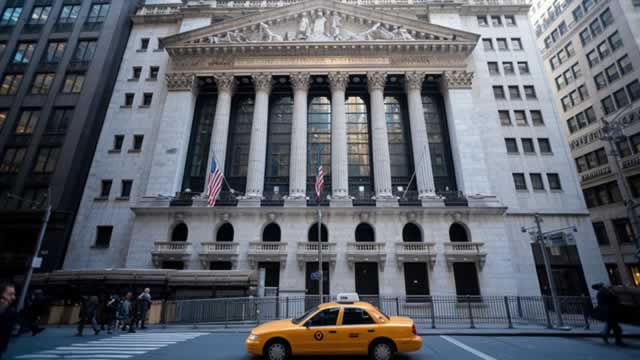Last Week’s Financial Markets: A Rollercoaster Ride
Last week, financial markets experienced a significant shift following President Trump’s surprising announcement of a tariff U-turn. The decision to delay the planned increase in tariffs on Chinese goods led to a decrease in equity and credit volatilities, as investors breathed a sigh of relief.
Volatility Shifts in Various Markets
However, this reprieve was short-lived as other market volatilities began to surge. FX markets saw heightened volatility, with the US Dollar taking a hit against major currencies. The Japanese Yen, often considered a safe-haven currency, gained strength as investors sought refuge from the uncertainty.
Gold and Oil Prices
In the commodity sector, gold prices jumped by over 1% as investors sought the precious metal’s traditional safe-haven status. Meanwhile, oil prices saw a more modest increase, reflecting ongoing concerns about global supply and demand.
Interest Rate Volatility
Interest rate volatility also spiked, with the yield on the US 10-year Treasury bond falling by over 10 basis points in the wake of the tariff news. This decrease in yields put downward pressure on the US Dollar, further exacerbating its losses against other currencies.
Impact on Individual Investors
For individual investors, this market volatility can translate into increased risk. Diversified portfolios can help mitigate some of this risk, but it is essential to stay informed about market developments and be prepared for potential shifts. Consulting with a financial advisor can also provide valuable insights and guidance.
Global Implications
On a global scale, the market shifts last week could have far-reaching implications. The US Dollar’s decline could lead to increased exports for countries with weaker currencies, potentially boosting their economies. However, this could also put downward pressure on the prices of their exports, reducing their revenue.
Additionally, the surge in gold prices could signal investor uncertainty and a lack of confidence in traditional assets. This trend could continue if geopolitical tensions persist or if economic data continues to disappoint.
Conclusion
Last week’s financial markets were a reminder of the interconnected nature of global economies. While the tariff U-turn brought some relief to equity and credit markets, it also sparked increased volatility in FX, gold, oil, and interest rates. Investors must remain vigilant and adaptable in the face of shifting market conditions, and seeking the guidance of financial professionals can be invaluable in navigating these complex waters.
- Equity and credit volatilities decreased following Trump’s tariff U-turn
- FX, gold, oil, and interest rate volatilities all increased
- US Treasuries and US Dollar sold off, with VIXTLT jumping over 60 points
- Individual investors should remain informed and consider diversification
- Global implications include potential economic boosts for some countries and downward pressure on their exports





